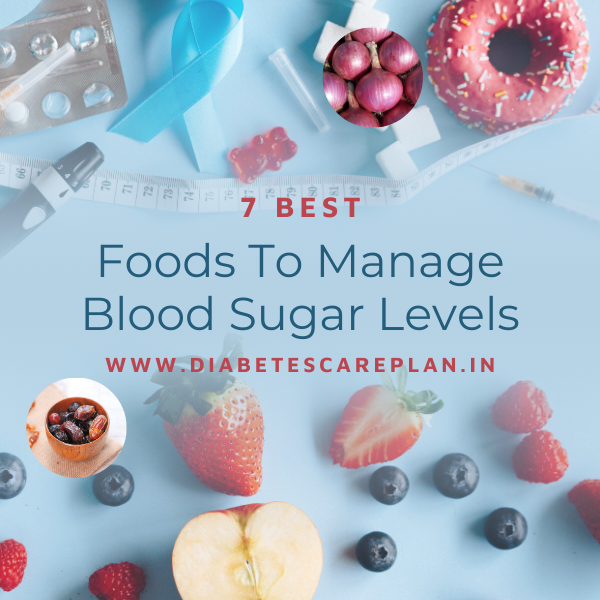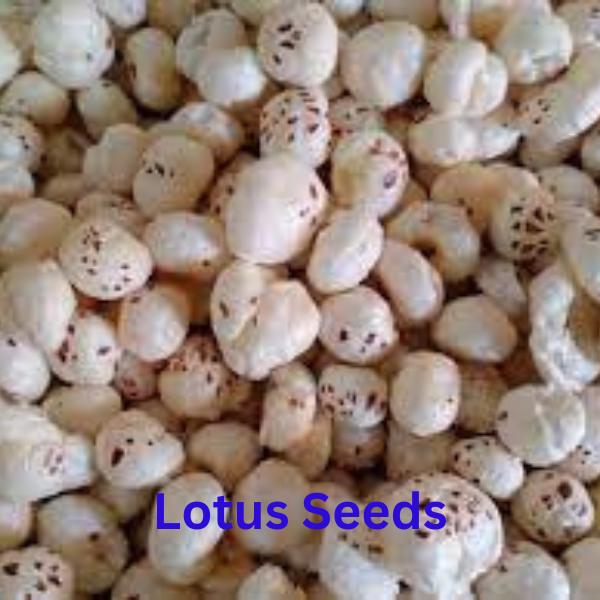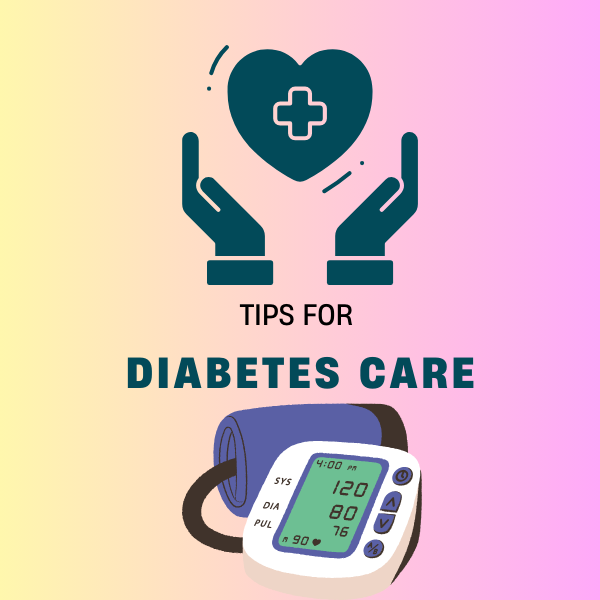When it comes to managing diabetes, knowing the worst foods for diabetes is crucial for maintaining optimal blood sugar levels. While a balanced diet and regular exercise play significant roles in diabetes management, certain foods can wreak havoc on your glucose control.
In this blog post, we will explore the top ten culprits that those with diabetes should steer clear of to achieve better sugar control and overall health. From sugary treats to refined carbohydrates, understanding and avoiding these foods can make a substantial difference in your diabetes management journey.
List of Top 10 Worst Foods for Diabetes : Everyone Must Know
Table of Contents
White Bread

Diabetes patients should not eat white bread because it contains high glycemic index and can directly lead to increased blood-sugar levels.But at the same time, whole wheat bread can be taken.
Consuming white bread can significantly impact your diabetes health. Hence, this is called one of the worst foods for diabetes. It’s important to understand its effects on your blood sugar levels.
- High Glycemic Index (GI): White bread has a high glycemic index, meaning it can cause a rapid spike in blood sugar levels after consumption. This is particularly concerning for people with diabetes, as it can lead to hyperglycemia.
- Low in Fiber: White bread is made from refined flour, which has had the fiber-rich outer layer of the grain removed during processing. As a result, it is low in fiber. Fiber is important for slowing down the absorption of sugar into the bloodstream, helping to prevent spikes in blood sugar levels.
- Increased Insulin Resistance: Regular consumption of high-glycemic foods like white bread can lead to insulin resistance, making it harder for your body to control blood sugar levels effectively.
- Weight Gain: White bread is calorie-dense and low in nutrients. Consuming it regularly can contribute to weight gain, which is a risk factor for type 2 diabetes.
- Risk of Complications: Poorly managed blood sugar levels can lead to serious health complications such as cardiovascular disease, nerve damage, kidney damage, and eye damage.
Suggested alternatives to White Bread:
If you have diabetes or are at risk of developing it, consider healthier alternatives to white bread:
- Whole Grain Bread: Choose whole grain bread instead of white bread. Whole grain bread is higher in fiber and nutrients, which helps stabilize blood sugar levels.
- Low-Carb Options: Look for low-carb bread options made from almond flour, coconut flour, or flaxseed meal. These alternatives have a lower impact on blood sugar levels compared to white bread.
- Portion Control: If you do choose to eat white bread occasionally, practice portion control. Opt for smaller servings to help minimize the impact on your blood sugar levels.
- Homemade Bread: Consider making your own bread using whole grain flour or low-carb alternatives. This way, you can control the ingredients and ensure a healthier option.
Remember, managing diabetes requires paying attention to what you eat. By making healthier food choices, you can better control your blood sugar levels and reduce the risk of complications. If you have any concerns about your diet, consult with a Diabetic Specialist professional or a registered dietitian for personalized advice.
French Fries
French fries are made up of Potatoes. Diabetes should not take this type of food because of high carbs and fat. It is the worst foods for diabetes. Cooked potatoes can be taken in very little quantity once in a while but better to avoid it. When this kind of fried food is taken, blood sugar level will rise and it will remain for a long time.
Sports Energy Drinks
This drink will be helpful for highly active, and very healthy people. But, it is not advisable for people with diabetes. Usually, these drinks will contain unwanted calories, sugars, and sodium which are all not good for diabetes.
Instead of having this kind of drink, it is better to have pure water to stay hydrated through out the day.
Frozen type of Dinner
Not only diabetics and even non diabetics also should not take this kind of frozen foods. Because, it contains Sodium to act as flavor enhancer and preservatives. Additionally, this contains carbs and sometimes sugar.
In general, it is better for diabetes not to eat this type of dinner so that diseases like heart attack and stroke can be avoided. Since it is prone to develop these kind of diseases, it is called the worst foods for diabetes.
White Sugar/Sweeteners
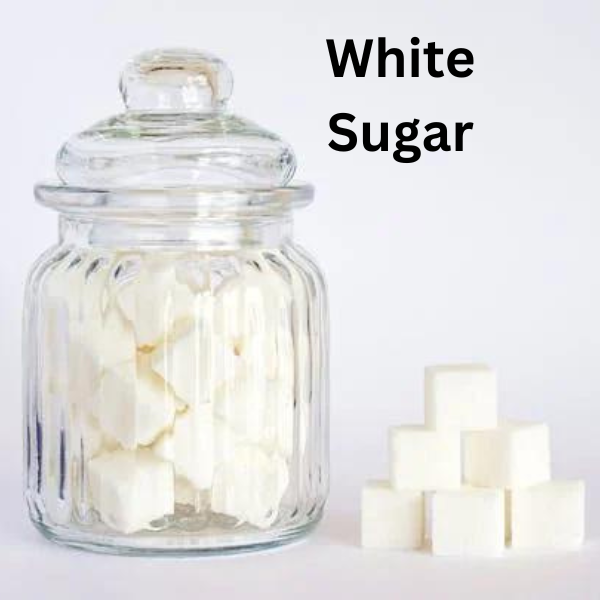
Both diabetes and non diabetes should not take this kind of sugar mixed with drinks or food. This will help to shoot up sugar levels fast for diabetes. Non diabetes will soon fall under the diabetes category when they consume sugars in any form. But, they can eat Palm sugar,Coconut sugar etc.
Consuming white sugar can significantly affect your diabetes health. While it’s commonly used to sweeten foods and beverages, white sugar can have detrimental effects on blood sugar levels. Here’s why you should be cautious about this worst foods for diabetes.
- High Glycemic Index (GI): White sugar is composed of sucrose, which has a high glycemic index. This means it causes a rapid spike in blood sugar levels after consumption. For people with diabetes, this can lead to hyperglycemia.
- Empty Calories: White sugar is a source of “empty” calories, meaning it provides energy but lacks essential nutrients. Consuming foods and drinks high in added sugars can contribute to weight gain, which is a risk factor for type 2 diabetes.
- Increased Insulin Resistance: Regular consumption of high-sugar foods like white sugar can lead to insulin resistance. Insulin resistance occurs when cells in your body don’t respond properly to insulin, making it harder to regulate blood sugar levels.
Suggested Alternatives to White Sugar:
If you have diabetes or are at risk of developing it, consider healthier alternatives to white sugar:
- Natural Sweeteners: Use natural sweeteners such as stevia, monk fruit, or erythritol instead of white sugar. These sweeteners have little to no effect on blood sugar levels and can be used in moderation.
- Fruits: It contains natural sugars but also provides essential vitamins, minerals, and fiber.
- Portion Control: If you do consume foods or drinks with white sugar, practice portion control. Opt for smaller servings to help minimize the impact on your blood sugar levels.
Sugary Drinks
For those who have diabetes, aerated drinks and other sugary drinks including iced tea, ordinary soda, and pre-made fruit smoothies are not advised. These beverages contain a lot of sugar (refined carbohydrates). Sugar-filled beverages also don’t provide any nutritional value. Hence, this drink is categorized as the worst foods for diabetes.
Health professionals and Dieticians estimate that people who regularly drink these drinks have a 26% increased risk of type 2 diabetes than people who don’t. Furthermore, consuming too much sugar in any form can lead to a number of complications associated with diabetes, including hyperglycemia, fatty liver disease, and obesity.On the other hand, a balanced diet is fine if sugar intake is moderate.
Skim Milk
It is believed that Skim milk is better for the people because fats are removed. But, this is not true for diabetes. In the event of removing the fat from the milk, it becomes rich in carbohydrates. While you drink a glass of milk at night, it will increase the glucose level in the blood during morning time.
So, better to avoid taking skim milk as well.
Biscuits
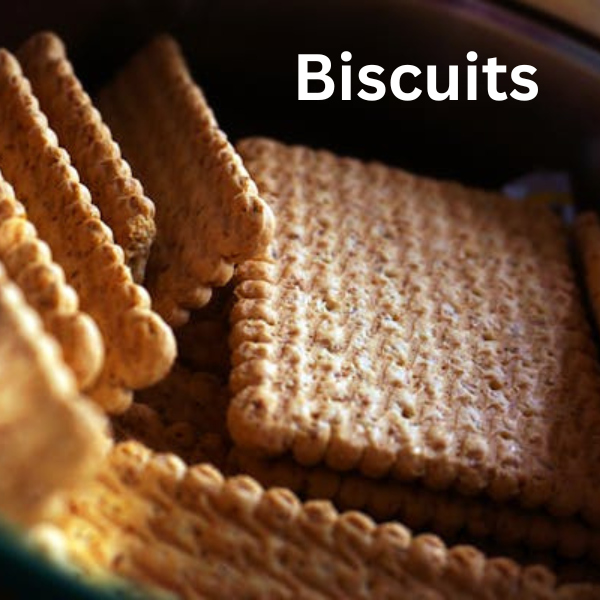
Eating biscuits can significantly affect your diabetes health. Biscuits are often high in refined carbohydrates and sugars, causing a rapid increase in blood sugar levels after consumption. People should cautious enough about this worst foods for diabetes.
- High Glycemic Index (GI): Most biscuits have a high glycemic index, meaning they cause a quick spike in blood sugar levels. This can be particularly harmful for people with diabetes, as it can lead to hyperglycemia.
- Empty Calories: Biscuits are often low in nutrients and high in calories. Consuming them regularly can lead to weight gain, which is a risk factor for type 2 diabetes.
- Increased Insulin Resistance: Regular consumption of high-sugar foods like biscuits can lead to insulin resistance, making it harder for your body to control blood sugar levels effectively.
So, as much as possible avoid eating biscuits.
Alternatively,
Consider making your own healthy snacks using whole ingredients like oats, nuts, and seeds. This way, you can control the amount of sugar and other unhealthy ingredients.
Honey
Indulging in ice cream can significantly affect your diabetes health. While it’s delicious, it can wreak havoc on your blood sugar levels. Here’s why you should be cautious:
- High Sugar Content: Ice cream is loaded with sugar, which can cause a rapid spike in blood glucose levels. This can be particularly harmful for people with diabetes, as it can lead to hyperglycemia.
- High in Fat: Ice cream is not only high in sugar but also high in saturated fats. Consuming foods high in saturated fats can lead to insulin resistance, making it harder for your body to control blood sugar levels effectively.
- Empty Calories: Ice cream is a calorie-dense food that lacks essential nutrients. Consuming it regularly can lead to weight gain, which is a risk factor for type 2 diabetes.
Suggested alternatives to Ice Creams:
If you have diabetes or are at risk of developing it, consider healthier alternatives to ice cream:
- Sugar-Free or Low-Sugar Options: Look for sugar-free or low-sugar varieties of ice cream. These options are formulated to have a lower impact on blood sugar levels.
- Frozen Yogurt: Opt for frozen yogurt instead of traditional ice cream. While it still contains sugar, it is generally lower in calories and fat compared to ice cream.
- Homemade Fruit Sorbet: Make your own frozen treats using fresh fruit and a sugar substitute. This way, you can control the amount of sugar and other unhealthy ingredients.
Portion Control: If you do choose to indulge in ice cream, practice portion control. Stick to a small serving size to help minimize the impact on your blood sugar levels.
White Rice
High Glycemic Index (GI): A common diet staple, white rice carries a number of serious concerns for those with diabetes. Because of its high glycemic index (GI), it may quickly raise blood sugar levels. For those with diabetes, this is especially important because controlling blood glucose levels is essential.
These increases are caused by the fast conversion of white rice’s high carbohydrate content into glucose, which puts more strain on the body’s insulin response mechanism.
Low Fiber Content: Furthermore, a higher risk of type 2 diabetes has been associated with regular white rice eating. Research has indicated that individuals who routinely consume higher quantities of white rice have a higher risk of developing diabetes in comparison to those who consume less of it. White rice’s low fiber content contributes to this in part.
Since white rice has been processed to remove its husk, bran, and germ, it lacks fiber, which slows the absorption of sugar into the circulation.
Little Nutritious Value: Additionally, as compared to entire grains, white rice offers very little nutritious value. It lacks vital minerals including chromium and magnesium, which are critical for the metabolism of glucose.
Eating white rice in place of more complex carbohydrates or whole grains might result in poor nutritional quality, which exacerbates problems managing diabetes.
Final Words:
Keep in mind that managing diabetes requires paying attention to what you eat. By making healthier food choices, you can better control your blood sugar levels and reduce the risk of complications. If you have any concerns about your diet, consult with a Diabetic professional or a registered dietitian for personalized advice. So, beware of these worst foods for diabetes.
Live With Diabetic Free Life


